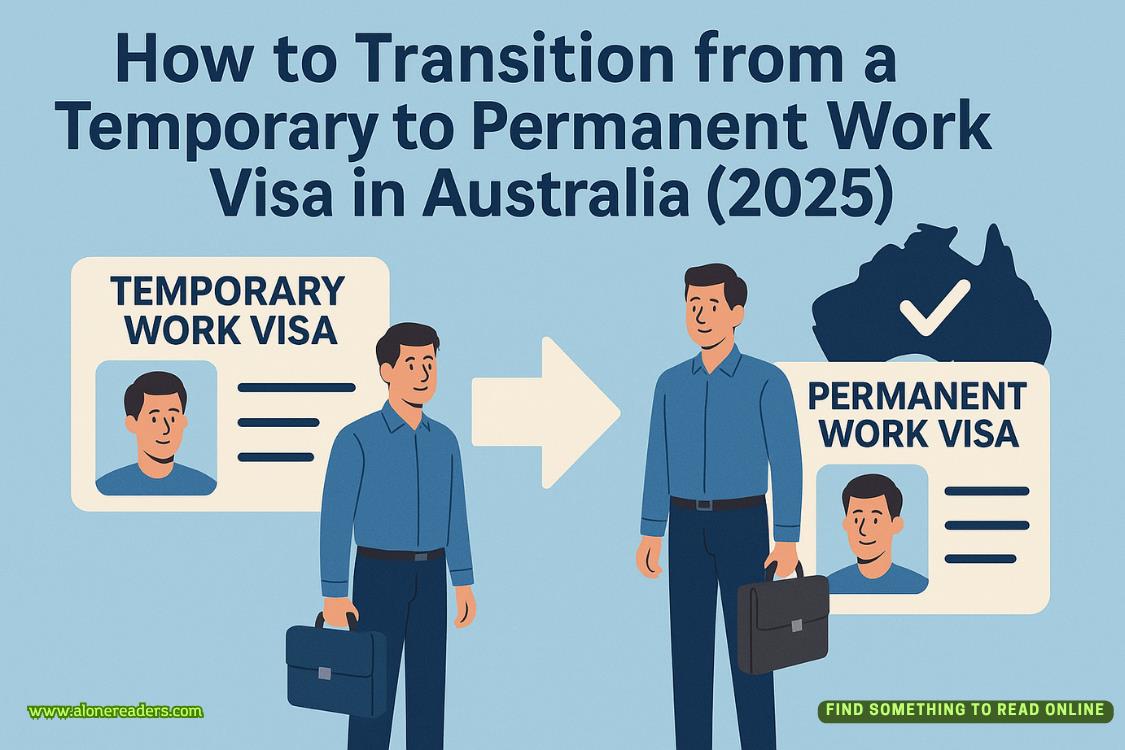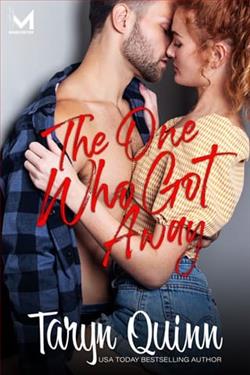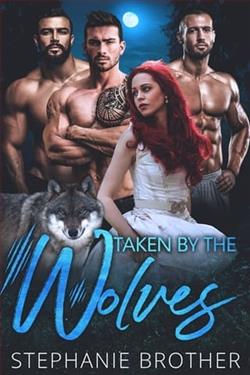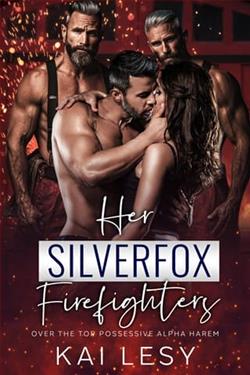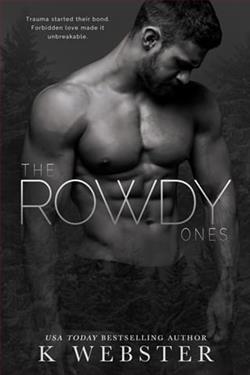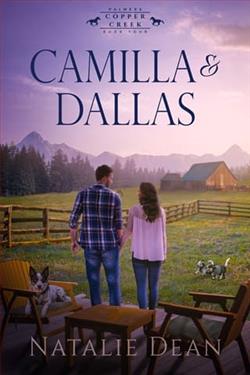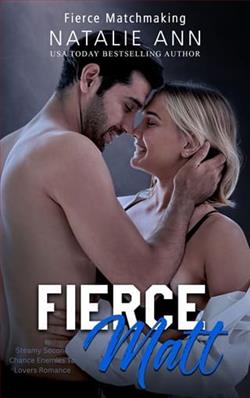No matter. For the next four days, she wasn’t an orphan who had no memory of her parents. She wasn’t a cancer patient. And she wasn’t sick. She was a photographer. Dammit.
One of the nice things about getting away from everyone you knew was the freedom to be someone else. Even if for just a short while.
Kaira smoothed a hand over the periwinkle-blue gown she’d splurged on. No way did she want to appear down on her luck at the show’s opening night reception. Not with some of the biggest names in aurora photography in attendance.
A man fell in beside her. “Is this your first show?” he asked in Norwegian, similar enough to her native Danish that she could understand him plainly.
She stopped fidgeting and smiled up at him. “No,” she said, in English. “My third.” Oh, my God! Anders Lang! Kaira swallowed the squeak that threatened to escape. Lang was an American and one of the five judges in the juried competition. And he was one of a handful of renowned aurora chasers. He’d made a name for himself by, among other things, capturing an entire series of vivid blue auroras. That hue was the rarest of the rare. A photographer could camp out an entire season of nights and never see blue lights, let alone capture them on film. “My first time at Nordlysfestivalen, though. I’m Kaira Sorensen.” She extended her hand.
“Anders Lang,” he said, returning the shake. “Tell me about your work.”
She turned to the grouping of six photographs—all each entrant was allowed to showcase for the competition. “My series is called Cathedrals. I was inspired by the almost architectural features of high-altitude auroras. And their height allowed me to capture multiple colors.” Green was most common at the lower altitudes of an aurora, usually about sixty miles overheard, while red often dominated the higher altitudes, the colors created by solar energy interacting with atmospheric gases at different altitudes. Kaira stepped closer to her most prized image. “I took this one the second night in the field. The lights were super intense. Much lower than the whole rest of the trip.”
“And you captured yourself some nitrogen emissions, I see.” He leaned in to study the single violet aurora she’d ever committed to film.
The purple ribbon of light thrilled her every time she looked at it. “I did,” she said. “The lights were spectacular the rest of my time out there, but never quite as intense as that night.”
He stepped back from the photograph and tilted his head. “How old are you, if you don’t mind my asking?”
Given that the typical aurora chaser was a middle-aged man with a mile-wide streak for adventure, Kaira was prepared for the question. “I don’t mind. Twenty.”
His eyebrows reached for his receding hairline. “And why Cathedrals?”
Kaira’s gaze drifted to the most architectural of all the images. “My parents died when I was eight. A few months later, I was still having trouble sleeping. One night, I was just staring out my window. Suddenly, the sky exploded. I was terrified at first. I’d seen the lights before, but something about their intensity and their color... But then, it was like the sky was dancing—or speaking—just for me. It made me feel so much less alone. At the time, I wasn’t old enough to think of it this way. But now, looking back on it, it was almost an epiphany, a religious experience. I can’t really look at discrete aurora anymore without seeing great cathedrals in the sky.” She dragged her gaze back to Lang, nerves tossing her stomach. She shifted her stance to alleviate the pressure on her aching hip.
“That’s a big insight for a young woman. And it’s exactly the kind of passion and calling that leads to some damn fine aurora photography.” He extended his hand. “Pleasure meeting you, Miss Sorensen.”
She couldn’t help but grin. “An honor, Mr. Lang. Thank you.”
He nodded and made his way to chat up another of her competitors. She scanned her gaze over the gallery. When had all these people arrived? She’d been so deep into her conversation that she hadn’t even realized that the gallery had opened to the general public. Now, a steady stream of festival-goers perused the long, rectangular exhibit space. Music was the featured art of the annual celebration of the return of sunlight, with dozens of musicians, singers and bands performing a week’s worth of concerts, but, as with the photography exhibit and competition, there were a number of other activities held in conjunction with the music festival, too. Between the show and her energy level, Kaira wasn’t sure how much else she’d be able to see and do, but she hoped to make the most of her visit to Tromsø. Who knew when she’d get to do something like this again? There was only so much time she could get off from working at the camera store. And, though her cancer was in the most manageable, chronic stage right now, without the required medical therapy, she’d likely move into the accelerated phase of the disease soon enough. And some months she found herself having to choose between three meals a day and the money she needed to set aside to pay for her incredibly expensive medicine.
